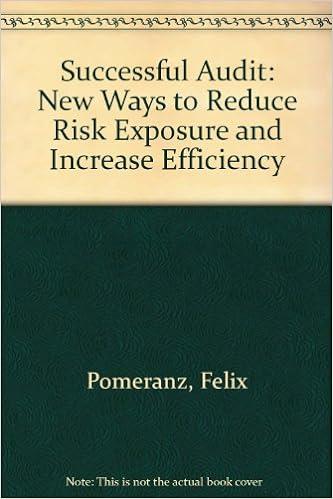Question
I've seen these problems asked quite a bit on here but can someone break down how exactly the answers are attained? This is a copy
I've seen these problems asked quite a bit on here but can someone break down how exactly the answers are attained? This is a copy with the answers already in place, I would like to know the formulas or how exactly the answers were attained.
Taussig Technologies Corporation (TTC) has been growing at a rate of 20% per year in recent years. This same growth rate is expected to last for another 2 years, then to decline to gn = 6%. a. If D0 = $1.60 and rs = 10%, what is TTC's stock worth today? What are its expected dividend and capital gains yields at this time, that is, during Year 1? 1. Find the price today. D0 $1.60 rs 10.0% gs 20% Short-run g; for Years 1-2 only. gn 6% Long-run g; for Year 3 and all following years. 20% 6% Year 0 1 2 3 Dividend $1.6000 $1.9200 $2.3040 $2.4422 PV of dividends $1.7455 $1.9041 $2.4422 $50.4595 $61.0560 = Horizon value = P2 = 4.0% = rs - gn $54.1091 = P0 2. Find the expected dividend yield. Recall that the expected dividend yield is equal to the next expected annual dividend divided by the price at the beginning of the period. Dividend yield = D1 / P0 Dividend yield = $1.9200 / $54.1090 Dividend yield = 3.55% 3. Find the expected capital gains yield. The capital gains yield can be calculated by simply subtracting the dividend yield from the expected total return. Cap. gain yield = Expected total return Dividend yield Cap. gain yield = 10.0% 3.55% Cap. gain yield = 6.45% b. Now assume that TTC's period of supernormal growth is to last for 5 years rather than 2 years. How would this affect the price, dividend yield, and capital gains yield? 1. Find the price today. D0 $1.60 rs 10.0% gs 20% Short-run g; for Years 1-5 only. gn 6% Long-run g; for Year 6 and all following years. 20% 6% Year 0 1 2 3 4 5 6 Dividend $1.6000 $1.9200 $2.3040 $2.7648 $3.3178 $3.9813 $4.2202 PV of dividends $1.7455 $1.9041 $2.0772 $2.2661 $2.4721 $4.2202 $65.5102 $105.5000 = Horizon value = P5 = $75.9751 = P0 4.0% = rs gn Part 2. Find the expected dividend yield. Dividend yield = D1 / P0 Dividend yield = $1.9200 / $75.9750 Dividend yield = 2.53% Part 3. Find the expected capital gains yield. Cap. gain yield = Expected total return - Dividend yield Cap. gain yield = 10.0% - 2.53% Cap. gain yield = 7.47% d. TTC recently introduced a new line of products that has been wildly successful. On the basis of this success and anticipated future success, the following free cash flows were projected: Year FCF (in millions) 1 $5.5 2 $12.1 3 $23.8 4 $44.1 5 $69.0 6 $88.8 7 $107.5 8 $128.9 9 $147.1 10 $161.3 After the 10th year, TTC's financial planners anticipate that its free cash flow will grow at a constant rate of 6%. Also, the firm concluded that the new product caused the WACC to fall to 9%. The market value of TTC's debt is $1,200 million, it uses no preferred stock, and there are 20 million shares of common stock outstanding. Use the corporate valuation model approach to value the stock. INPUT DATA: (Dollars in Millions) WACC 9% gn 6% Millions of shares 20 MV of debt $1,200 Year 0 1 2 3 4 5 6 7 8 9 10 11 FCF's $5.5 $12.1 $23.8 $44.1 $69.0 $88.8 $107.5 $128.9 $147.1 $161.3 $169.4 PV of FCF's $5.05 $10.18 $18.38 $31.24 $44.85 $52.95 $58.81 $64.69 $67.73 $68.13 PV of FCF1-10 = $169.4 HV at Year 10 of FCF after Year 10 = FCF11/(WACC gn): PV of HV at Year 0 = HV/(1+WACC)10: Sum = Value of the Total Corporation $2,806.72 Less: MV of Debt and Preferred $1,200.00 Value of Common Equity $1,606.72 Number of Shares (in Millions) to Divide By: 20 Value per Share = Value of Common Equity/No. Shares: $80.34 versus using the discounted dividend model
Step by Step Solution
There are 3 Steps involved in it
Step: 1

Get Instant Access to Expert-Tailored Solutions
See step-by-step solutions with expert insights and AI powered tools for academic success
Step: 2

Step: 3

Ace Your Homework with AI
Get the answers you need in no time with our AI-driven, step-by-step assistance
Get Started


